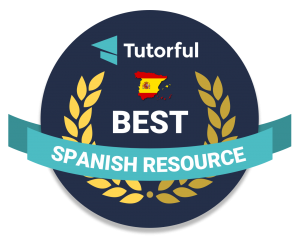[blip.tv http://blip.tv/play/AYG_138C]
¡Vámonos!
Following a Twitter conversation this afternoon started by @josepicardo, I remembered that I had taken screen shots of all my Storybirds and made them into Keynote presentations.
Following on from @dajbelshaw‘s #movemeon, Isabelle Jones started a hashtag for language teachers – #mfltips about which she has blogged here.
Next week I will be mostly in London. And I’m very excited! There are lots of reasons and over the next few posts, I’ll tell you why!

eTwinning in the primary language classroom – why is it so great?
Following on from my previous post about rediscovering Seesmic, another friend, John Warwick, asked me to share a little bit about eTwinning in the primary language classroom for an eTwinning presentation he was preparing. I decided to record him my answer as it’s easier to explain in person and I also thought it might be useful too! So here it is!
If you want to find out more, see my Slideshare and post here.

A while back – actually nearly two years ago – I became aware of a tool called Seesmic on which you could record video clips and others could respond by recording their own short clip. At the time, I used it to join in a few conversations and also to practice speaking Catalan / Mallorquin after a looong break. It was easy to do and fun as well.




Most of the books I’ve browsed have several sentences per page so might need some
Found this via the LiverpoolFC Twitter feed!
And given my love of Spain, music and, most of all, Nando, I just had to share it with you.

Wondering if any of you would like to add to a debate I’m having at the moment re QCA schemes for KS2. I’m trying to help someone choose the best way to present materials on a site to satisfy as many Primary MFL teachers as possible. Having drawn their attention to the KS2 Framework and the QCA units and their thematic and skills rather than topic based approach, they’re now in a quandary as to how to best present things.
¡Vámonos! ©2025. All Rights Reserved.
Powered by WordPress.
Theme by Phoenix Web Solutions




